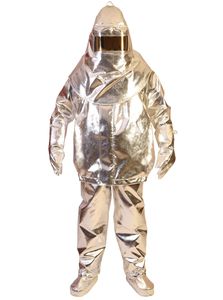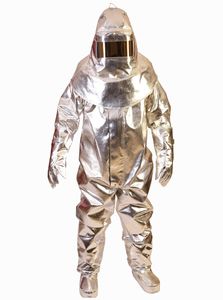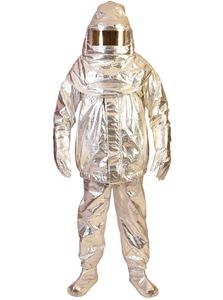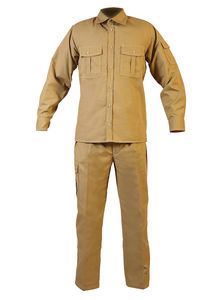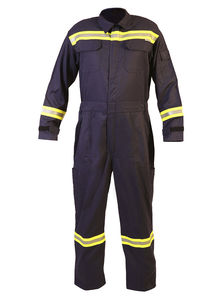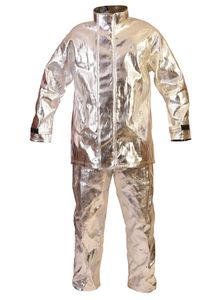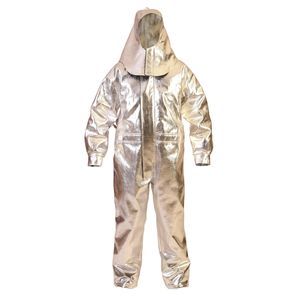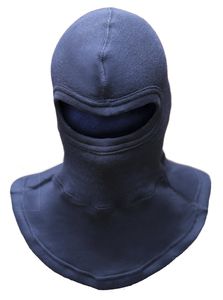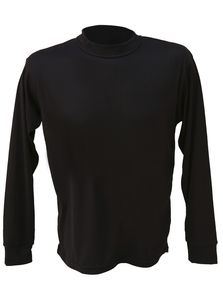
Work coveralls Metal SplashGuard® 375 seriesfire-retardantanti-staticviscose
Add to favorites
Compare this product
Characteristics
- Type
- work
- Type of protection
- fire-retardant, anti-static
- Material
- viscose, wool, aramid, polyamide
- Applications
- for welding
- Sex
- unisex
Description
Metal SplashGuard ® welding and molten metal splash protective garments enable protection against welding and molten metal splash with their special design and fabric content, also they are suitable for welding work.
Metal SplashGuard ® garments are certified according to 89 / 686 EEC Personal Protective Equipment and have the CE certificate.
General Specifications:
- All parts of the garments have been made from flame reterdant materials.
- % 100 Aramid threads are used in the sewing of the garments.
- Garments does not contain any material which is harmful to the human health and environment.
- Garments are manufactured in desired model and size in accordance with the customer demands.
Standard : EN ISO 11612:2008 A1B1C2D3 E3 , EN 11611:2007 Class-2
Fabric : Viscose fr/Wool/Polyamide/Pararamid/Antistatic
Weight : 375 gr/m2
Design : Design and size of the Garments can be prepared according to the request of the customers
EN ISO 11612:2008 A1 B1 C2 D3 E3
A: EN ISO 15025 -limited flame spread
B: ISO 9151 -Convective heat
C: EN ISO 6942- Radiant heat
D: ISO 9185 -Molten Aluminium splash
E: ISO 9185- Molten Iron splash
EN 11611:2007 standard specifies the test methods for general performances requirements of protective clothing for use in welding and allied processes
Class 2 is protection against more hazardous welding techniques and situations, causing higher levels of
spatter and radiant heat.
Catalogs
No catalogs are available for this product.
See all of IST SAFETY..‘s catalogsRelated Searches
- Fabric clothing
- Cotton clothing
- Waterproof clothing
- Thermal protection clothing
- Work suit
- Chemical protection clothing
- Unisex coveralls
- Cold weather clothing
- Anti-static clothing
- Fire-retardant clothing
- Fabric coveralls
- Polyamide clothing
- Chemical protection coveralls
- Welding clothing
- Floor-standing emergency shower
- Electrical protection coveralls
- PVC clothing
- Anti-static coveralls
- Indoor emergency shower
- Breathable suit
*Prices are pre-tax. They exclude delivery charges and customs duties and do not include additional charges for installation or activation options. Prices are indicative only and may vary by country, with changes to the cost of raw materials and exchange rates.



